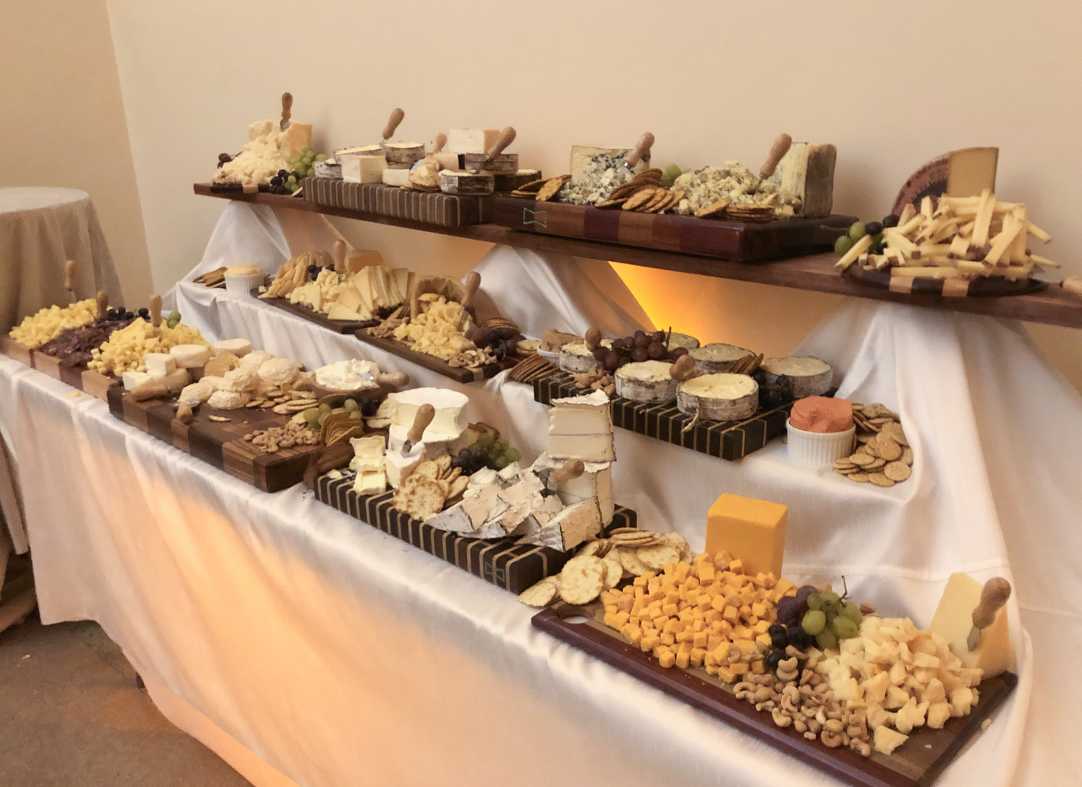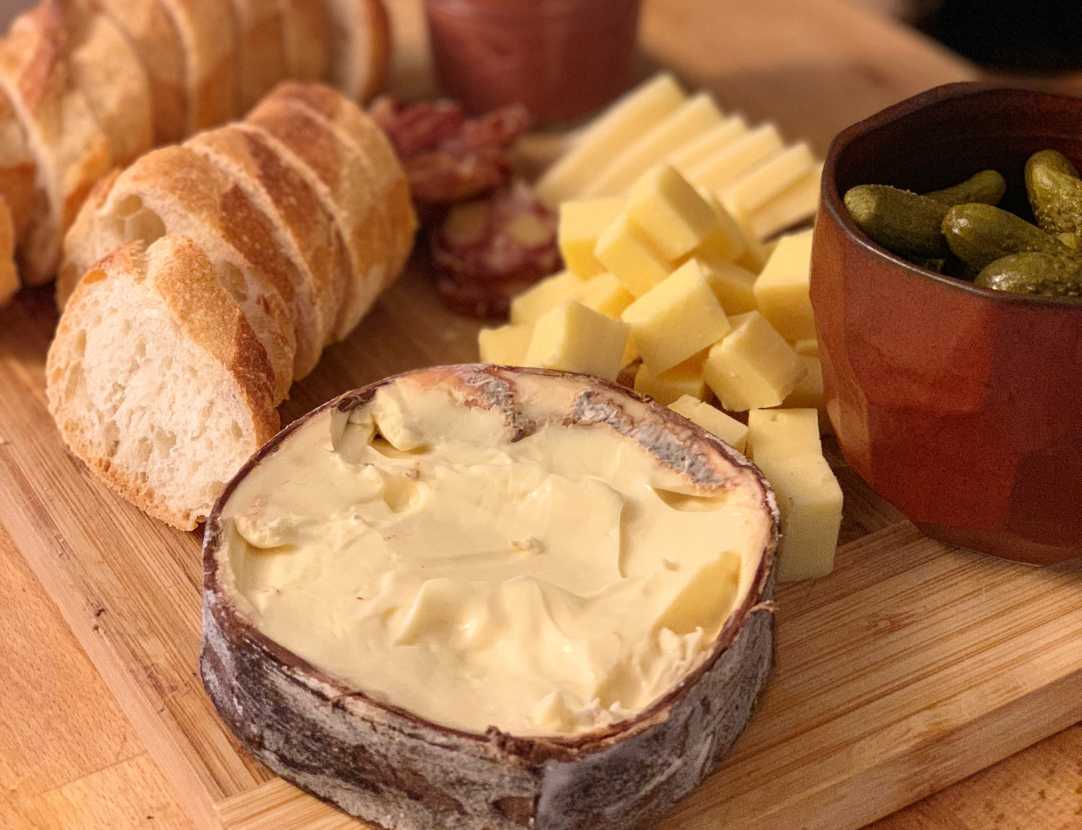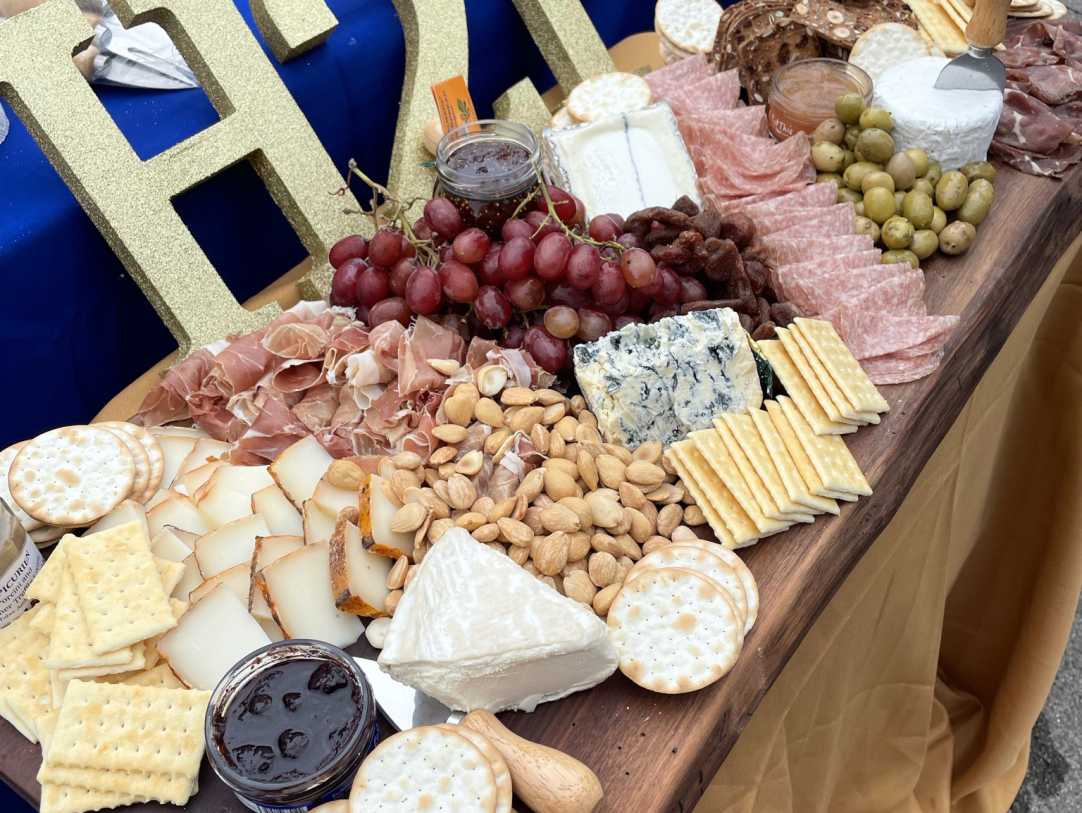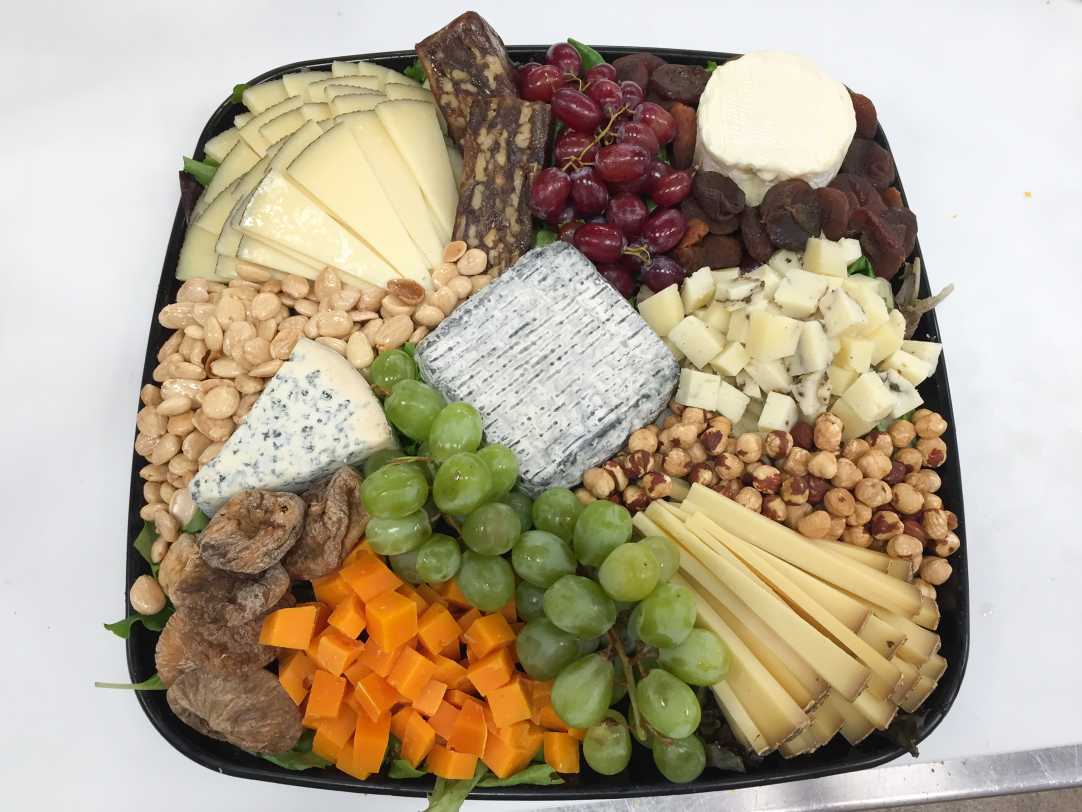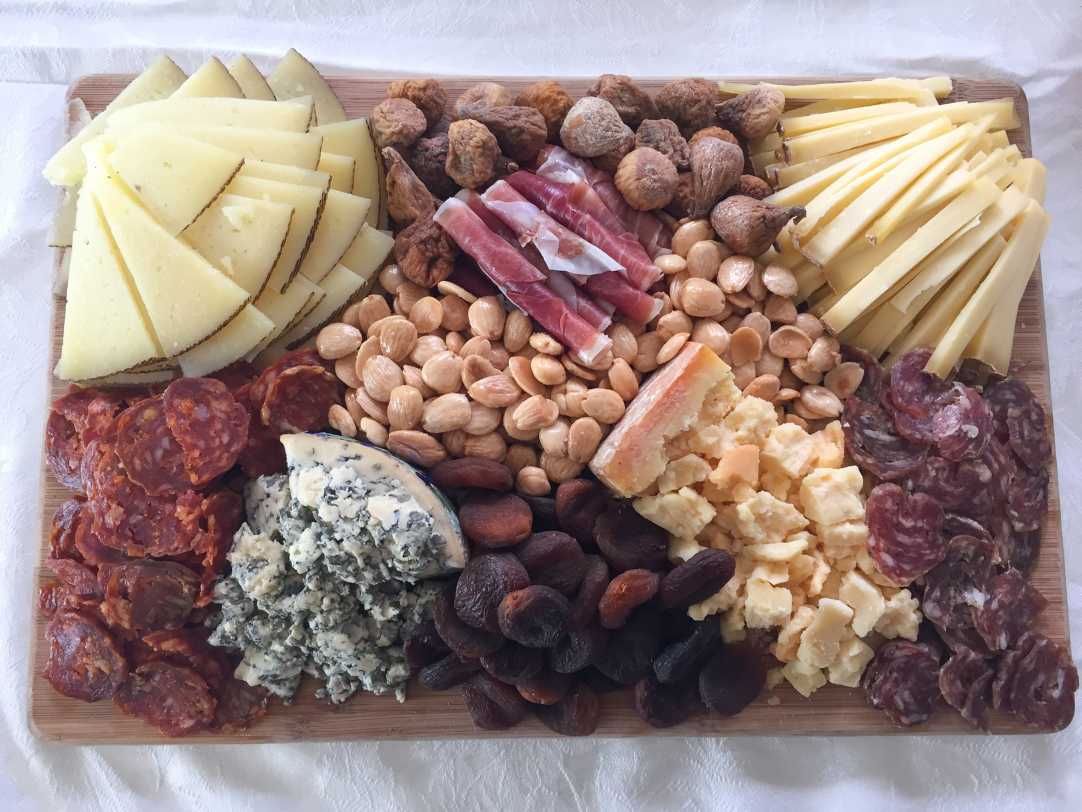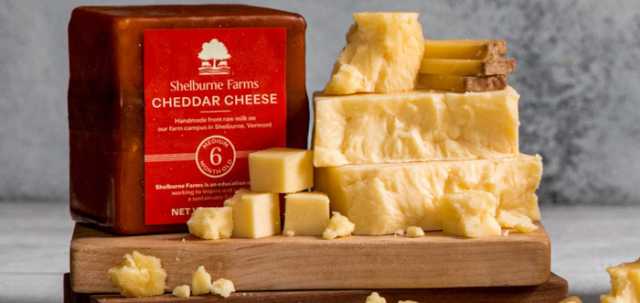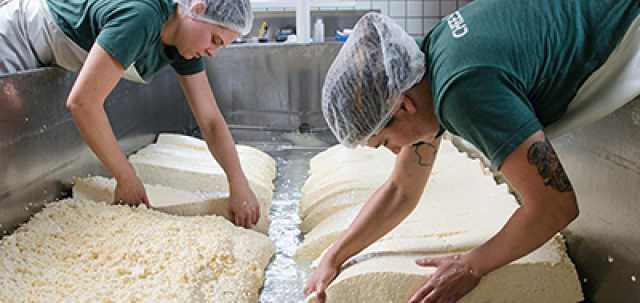My personal mission in cheese is to help people enjoy and celebrate it as a regular part of their diet. Cheese has the reputation as a fancy food, but at the end of the day, it’s the food of farmers, of agrarian people. As a former cheesemonger, when I serve cheese, I want to honor all the hard work that goes into making it, but I also want to take the fussiness out of it.
So I'm going to give you some rules. But there are really no rules! Eat cheese with what you like, the way you like, and most importantly, have fun with it.
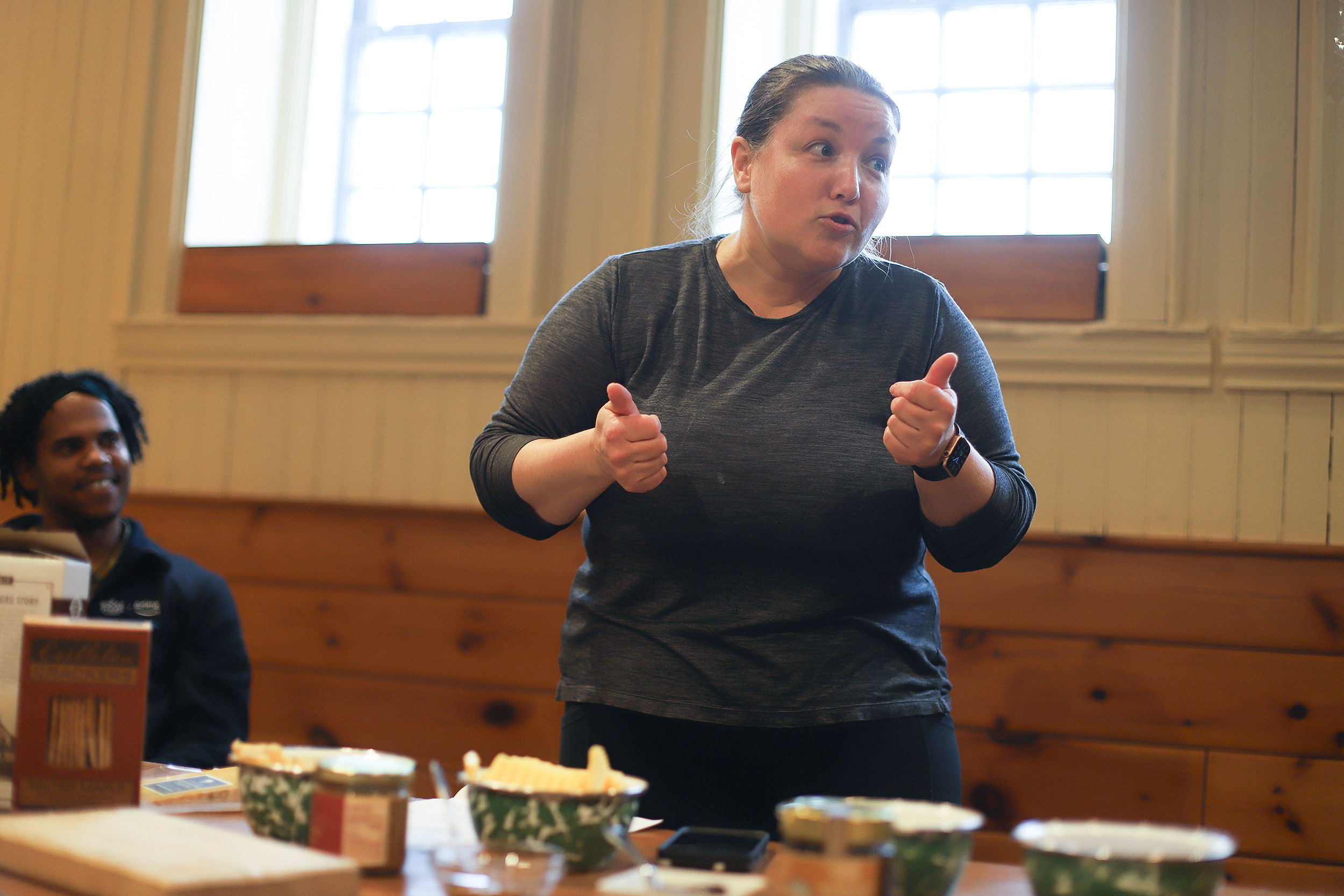
SELECTING THE CHEESE
How many and how much cheese to feature?
While I personally think there's no such thing as too much cheese, a general rule is that the tastes get lost with anything more than five cheeses. Three to four is a nice number to have a variety of flavors. I've also made really special cheese boards that spotlight one cheese and all the different pairings that could go with it.
Plan on one to one and a half ounces per person per cheese for an appetizer board. If cheese is the main event, round up. If you have a lot of other snacks going on, or it's just a couple of people, round down. Leftover cheese isn’t necessarily a bad thing!
"Something old, something new, something goat, and something blue."
If you're going to a cheese shop or grocery store, remember this fun rhyme! Find a cheese in each of those four categories and you’ll have a really nice variety of cheeses that will most likely satisfy everyone in your party.
- Old: Any kind of firm cheese that is aged for a longer amount of time, like Shelburne Farms cheddar, or an aged Gouda or Gruyère.
- New: could be a Brie or a Camembert, or other soft cheese.
- Goat: This could be a hard, aged goat cheese or a fresh chèvre.
- Blue. That’s pretty straightforward. But if you don't like blue cheese, skip it! Maybe try a flavored cheese instead?
Themed cheese boards
It can be fun to showcase, say, everything from one country or region, or cheeses from all the different animals (sheep, cow, goat). It's really about whatever you're into. Celebrate Bastille Day with all French cheeses or watch The Godfather with a board featuring Italian cheeses. The possibilities are endless!
Here are a few boards I've created to inspire you:
SELECTING THE ACCOUTREMENTS or PAIRINGS
Pairing is fun! Often the combination of flavors that you put together are greater than the sum of their parts. Once again, there are both rules and no rules to guide you!
Contrast
Contrast is a key concept for cheesemongers. Try contrasting textures, like pairing a creamy Brie with crunchy crackers or candied nuts. Or salty and sweet. A marbled blue cheese goes amazingly well with honey. Try an aged gouda with some chocolate: it'd be like a Butterfinger-y kind of salty, caramel and chocolate vibe.
Complementary
Putting like things together can be really interesting and enhance flavors. So pair smoked cheddar with a smoky meat, or with bacon. Many Swiss cheeses are really nice with toasted nuts.
“What grows together goes together.”
Foods from the same place often pair really well. Here in Vermont, we say, “Apple pie without the cheese is like a hug without the squeeze.” So pair apples and cheddar! (Shelburne Farms cheddar, of course.) Parmigiano Reggiano pairs beautifully with prosciutto, both from the Parma region of Italy. In fact, the whey from Parmigiano Reggiano production is fed to the pigs that become prosciutto. So it's incredibly full circle and I can't think of anything better than a little prosciutto with a little parm.
The idea is particularly true with wine. Goat cheese is really popular in the Loire Valley of France and is a natural pairing with the white wines from that region. They sing together! Likewise, red wines in Northern Italy go great with a cheese like Parmigiano Reggiano.
Don’t fuss too much!
I say this over and over because the fun part of all this is just experimenting. Sometimes you may pair items that taste like drinking orange juice after brushing your teeth. It does not work! But that's okay, because you'll learn, and you'll have fun. And the next time you may create a pairing that’s transcendent.
How many elements per bite?
Three is pretty ideal. I think of a bite as cheese + accoutrement + vessel. That means your cheese, your jam/jelly/mustard/honey/grape/nut, and then what you serve those on. Maybe that’s a cracker or a piece of bread. Maybe the vessel is a piece of prosciutto. It's fun to guide people but think about how people naturally eat these types of things, too. For accoutrements, I also like to have at least one or two crunchy things, some sort of fresh fruit like a grape (they’re so easy and everyone loves them), and usually something salty (I love olives), and something tangy, like a pickle or a mustard. (Pickles are one of my favorite things in the entire world, so I pretty much always put a pickle on a cheese board.)
Hot tip: Think about flavor intensities. If you pair something really mild with something really strong, you're not doing a service to the mild thing. That smoky cheese or meat is going to suck up all the air in the room and not leave any for the Brie!
And a few more boards:
PUTTING IT ALL TOGETHER
Your board
Use what’s on hand. Cutting boards are great, of course, but plates are fine, or even tinfoil if you’re on a picnic. I know someone who was at the slopes and turned his ski upside down to serve the cheese! I like to start with a fairly small surface because if you're serving a crowd, you can pile the cheese really high and it still looks nice and relatively full as people are eating it.
Cutting the cheese (hold the snicker)
If you're a beginner at making cheese boards, cheddar is easy because you can pretty much cut it into any shape you want. Some other cheeses aren't going to play that nice, but with cheddar, you can do almost anything. Try cookie cutters! For more crumbly cheeses like a well-aged cheddar or a Parmesan, I just dig in with a fork or a knife and turn it with my wrist to make beautiful little chunks or crumbles that pile nicely. Then I like to leave the excavated block on the board so if people decide they want more, they'll see they can also just “dig in.” Crumbles are fully acceptable and encouraged! If you’re serving a cheese with a rind, you typically include a bit of rind in each cut, unless the rind is inedible (like a wax rind). With soft cheese, sometimes I don’t pre-cut them at all, because you’ll have goop running all over the table. Or I might cut just a few pieces to give people an example of how to cut it for themselves. Sometimes you have to let the cheese speak to you and tell you what it wants to become.
Hot tip! Most cheeses are easier to cut straight from the fridge, even though you’ll want to serve them at room temperature. That’s because as the fat in cheese comes to room temperature, it releases its volatile aromas—maximizing flavor!
Assembly
Cheese is the star of the show so I always start by creating “anchors” of cheese, just making piles that are nice and high. If you’ve cut a cheese into matchsticks, you could build a Jenga pile!
After you have your anchors on your board, fill in the space with your various accoutrements. On a large board, I like to fill up most of the space with bread. Baguette carbs are a filler in life and a filler on a cheese board! You can also add crackers (feel free to break up larger crackers into smaller pieces), or drizzle nuts into the space, or create a “salami river.” Add jams or jellies last, unless you’re serving them in a beautiful dish or jar that you want to feature (Maple Onion Jam is one of my favorite things ever). Put the items that are meant to complement each other together. But encourage people to explore, too.
Hot tip! I'm going to save you embarrassment at the cheese counter: A cheese board is not a charcuterie board in the cheese world. A charcuterie board needs to showcase cooked cured meats to qualify!
Hot tip! Don’t drizzle jams and jellies straight on the board. It’s a hot mess. And it’s not fun to clean.
Hot tip! Don’t put anything inedible on your cheese board, including garnishes or inedible cheese rinds. It can lead to unpleasant surprises.
Hot tip! If your cheese board doesn't look quite right, move items around and fix it.
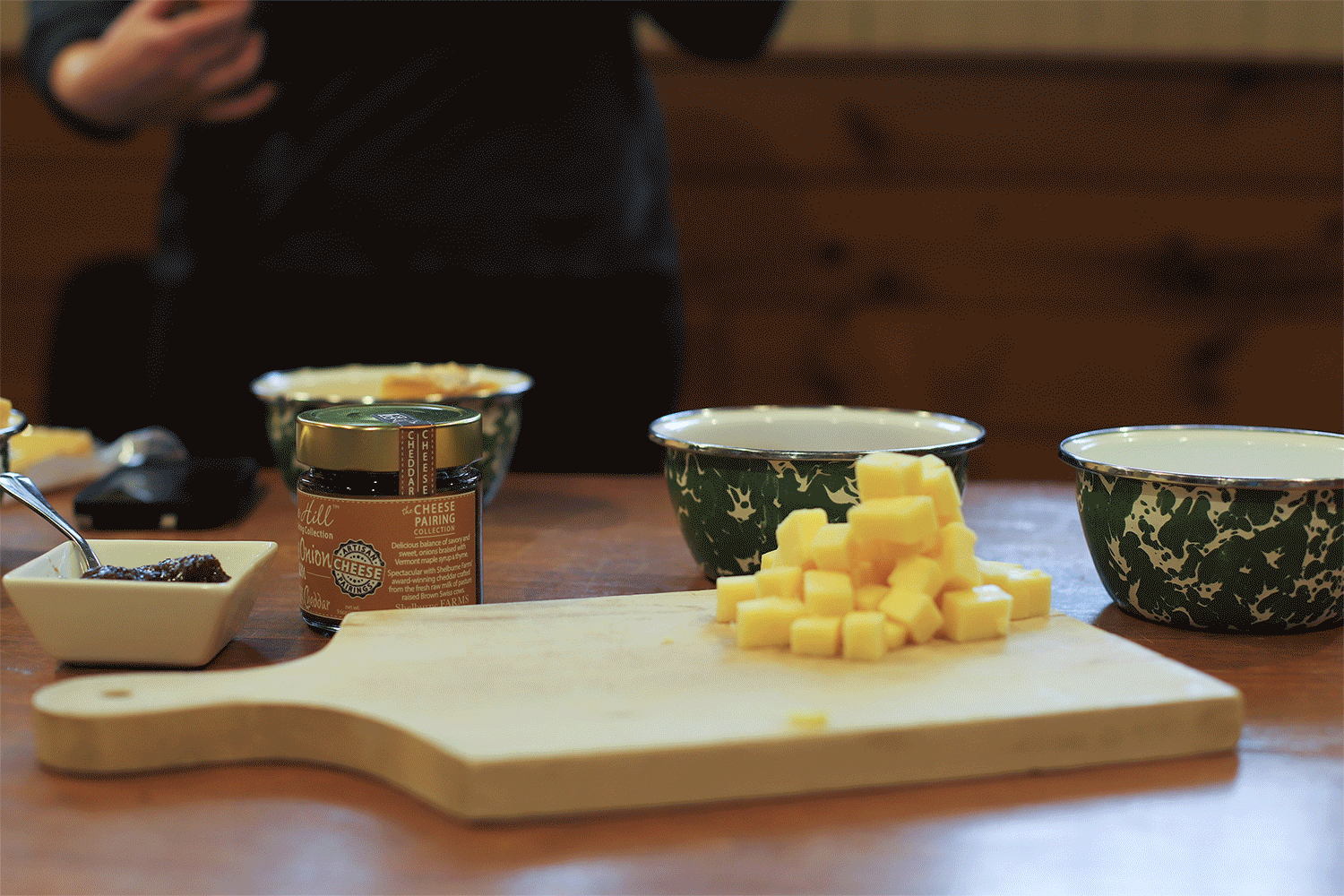
That’s it! And just remember: if you like eating Shelburne Farms cheddar with Ritz crackers, enjoy it. If you want to eat it with Blake Hill Jam, do that, too. Have a go and send us a photo of your board!

